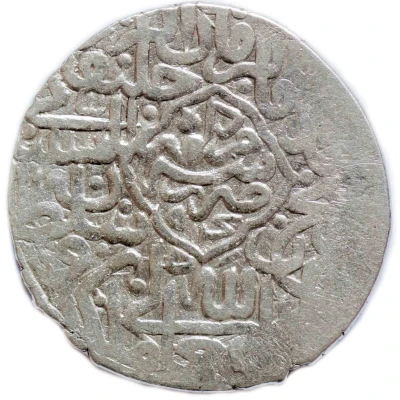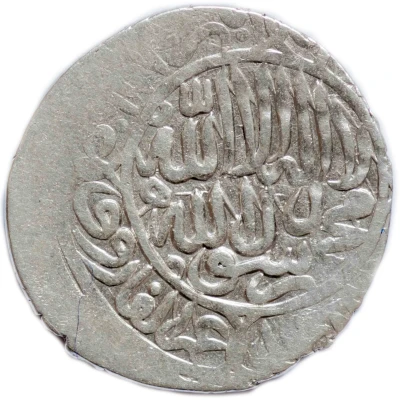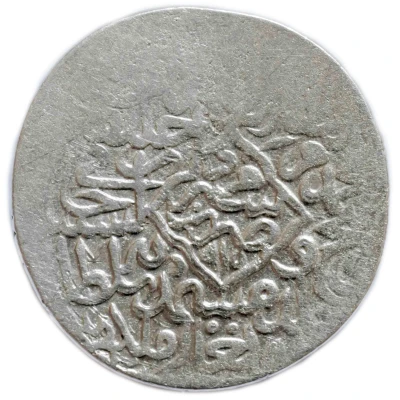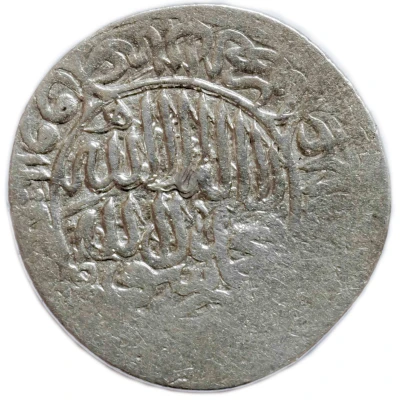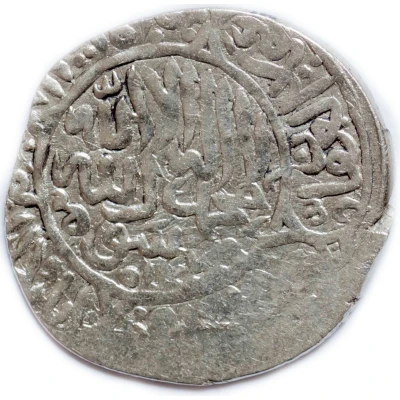
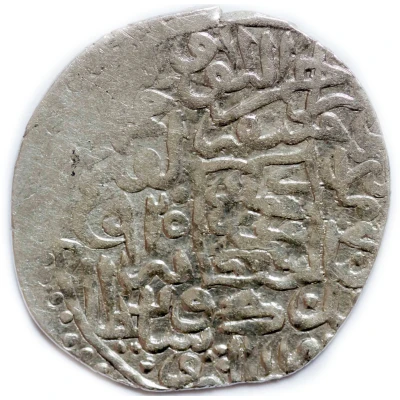

© Grinya (CC BY-NC-SA)
Tanka - Muhammad Shaybani - 2nd standard Hisar
| Silver | 5.15 g | - |
| Issuer | Shaybanid dynasty (Bukhara) |
|---|---|
| Type | Standard circulation coin |
| Years | 913-916 (1508-1511) |
| Calendar | Islamic (Hijri) |
| Value | 1 Tanka |
| Composition | Silver |
| Weight | 5.15 g |
| Shape | Round (irregular) |
| Technique | Hammered |
| Orientation | Variable alignment ↺ |
| Demonetized | Yes |
| Updated | 2024-10-04 |
| Numista | N#311161 |
|---|---|
| Rarity index | 97% |
Reverse
Script: Arabic
Comment
Second weight standard - about 5.15g, used 913-916, usually dated at most mints.The increase in a currency weight standard was so unusual that contemporary chroniclers saw fit to praise Muhammad Shaybani for his generosity. The mint sometimes appears in the central cartouche, more often in the lower outer region, either just below the cartouche or
adjacent to the outer border. Consequently, mint-off-flan tankas are common. Herat is by far the most common of the roughly 20+ known mints.
https://www.zeno.ru/showgallery.php?cat=22039
Interesting fact
The Tanka coin was issued during the reign of Muhammad Shaybani, who was the founder of the Shaybanid dynasty and ruled from 1508 to 1511. The coin features an inscription in Persian that reads "Muhammad Shaybani, the just king" on one side, and the name of the mint city (Hisar) and the date of minting (913-916 AH) on the other side. This coin was made of silver and weighed 5.15 grams, which was a standard weight for coins of its time. It's interesting to note that the Shaybanid dynasty was a Turco-Mongol khanate that emerged in the 16th century in Central Asia, and Muhammad Shaybani was a prominent leader who played a significant role in the history of the region. The coin is a rare and valuable artifact that provides insight into the economic and political systems of the time.
